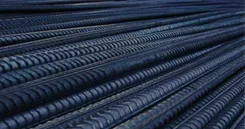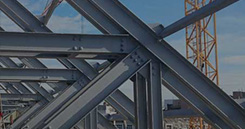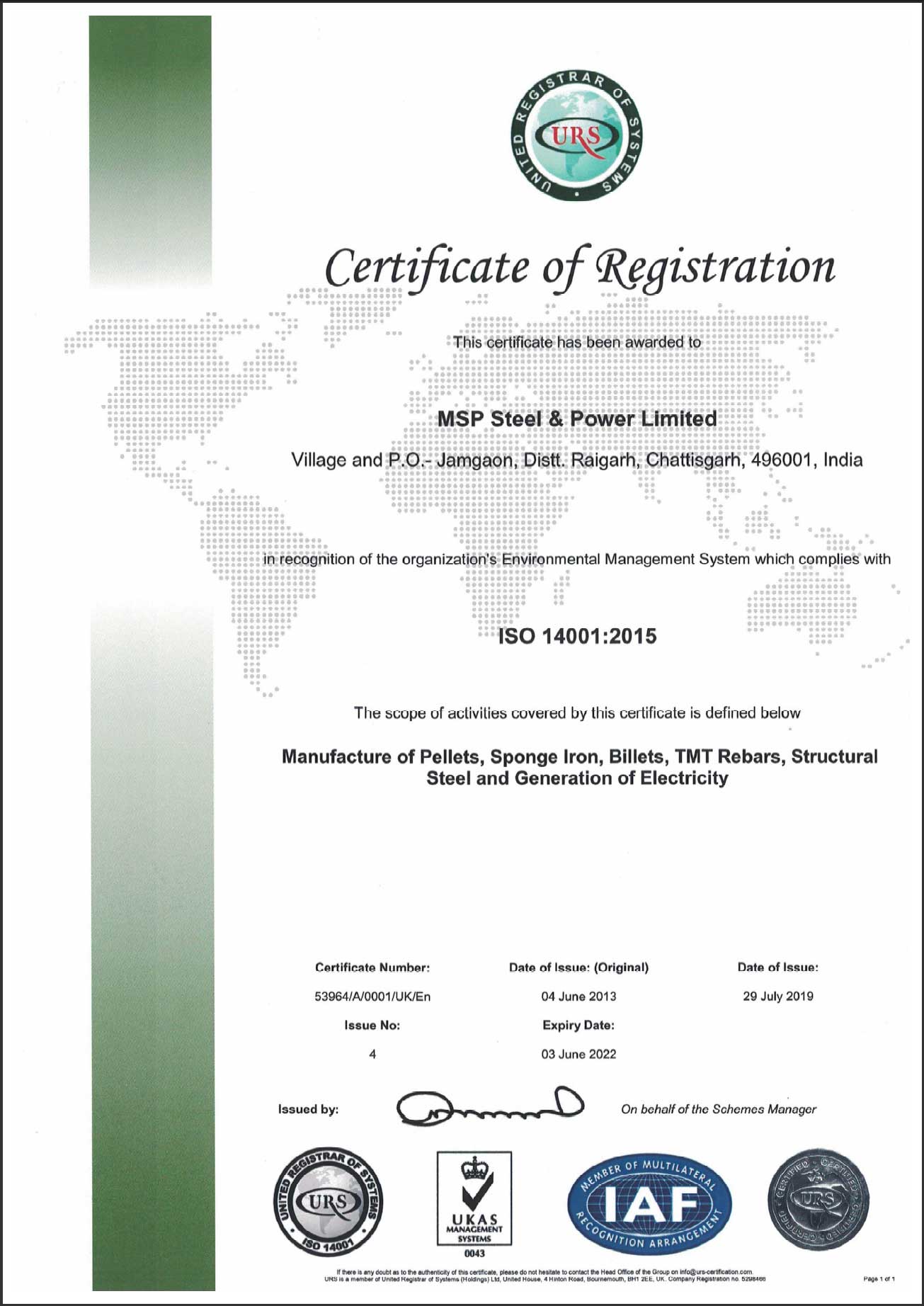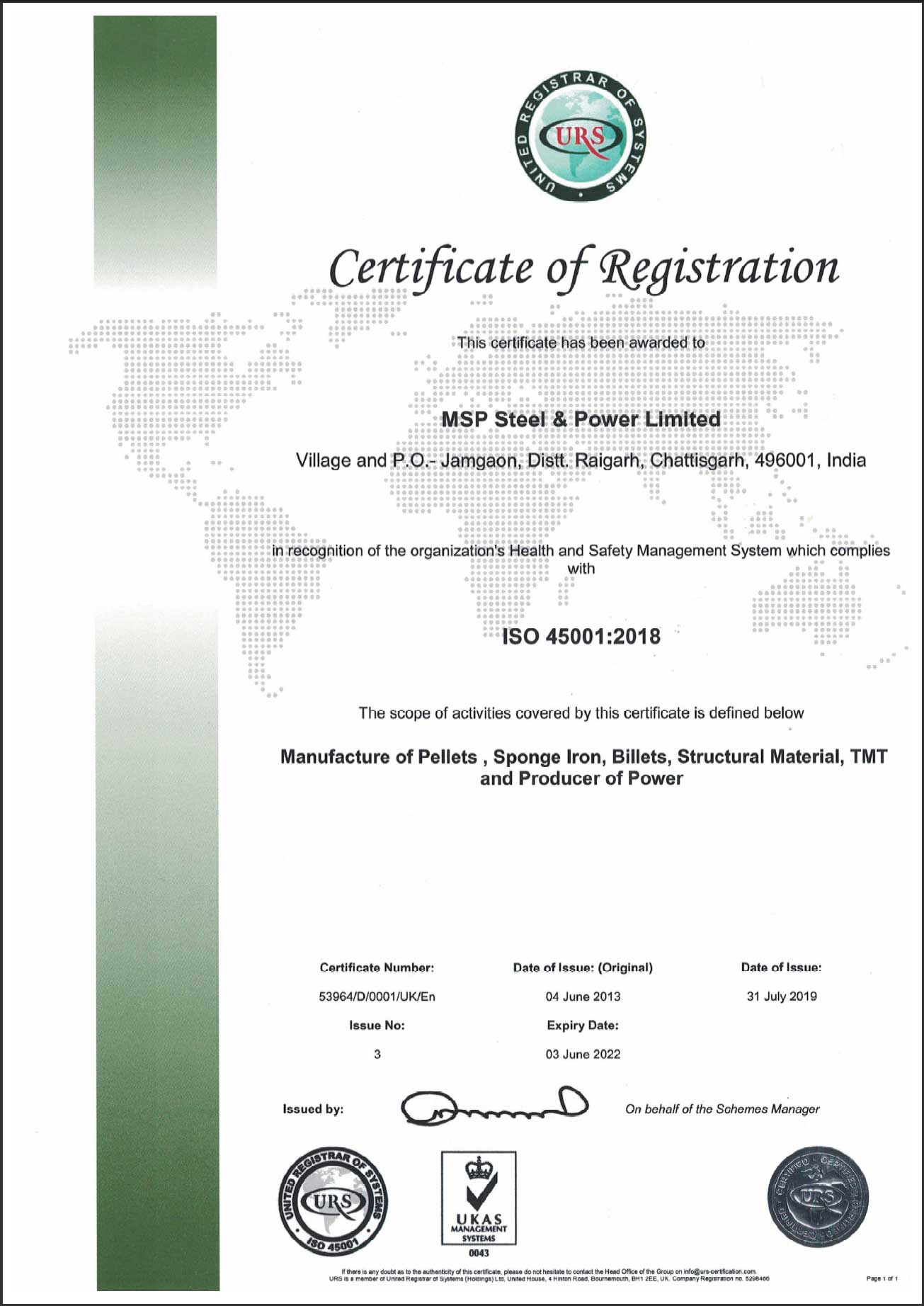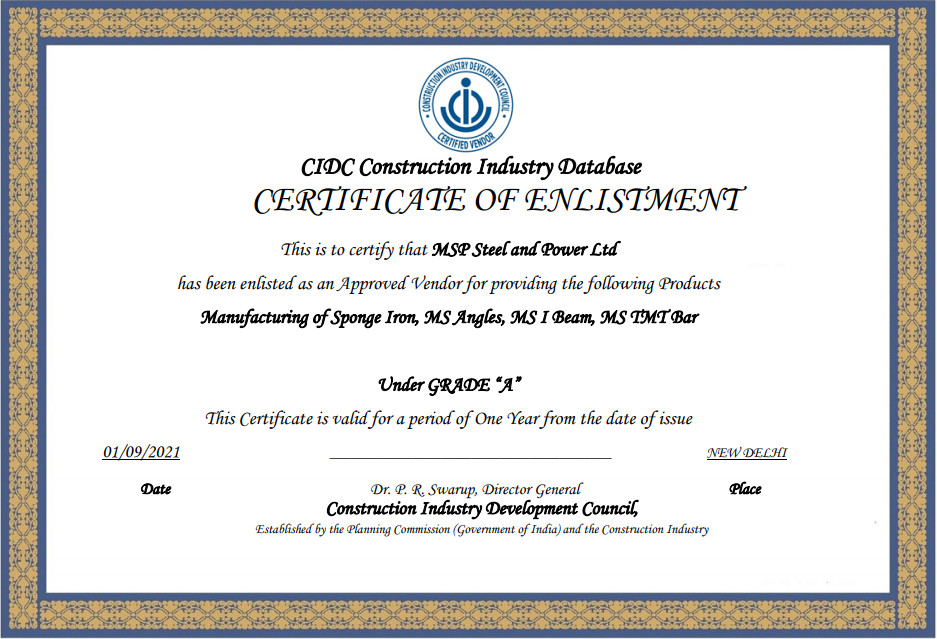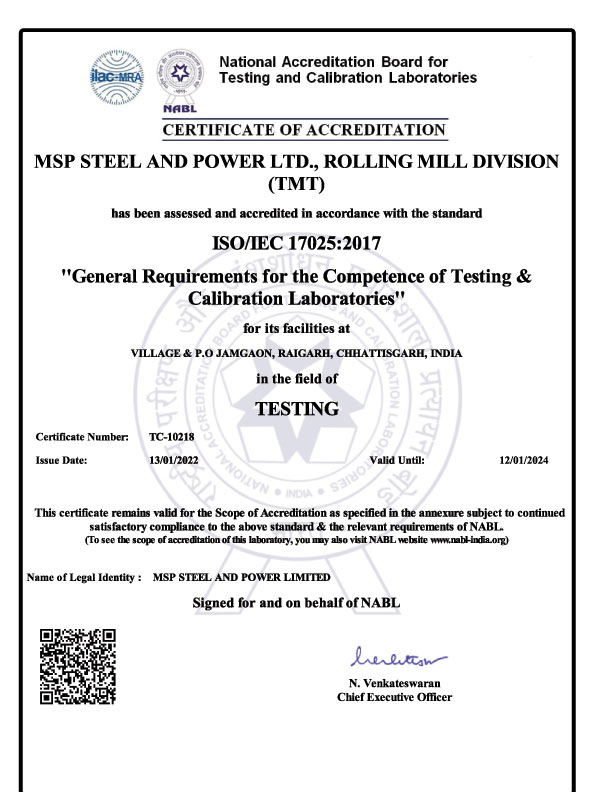
Steel pipes are essential parts of many different industries and are essential for transporting fluids, gases, and even solids. It is crucial for producers and end users to both understand the production process used to create these pipes. The following article aims to describe the steel pipe manufacturing process in-depth, illuminating the raw materials utilized, manufacturing processes used, quality assurance procedures, concerns regarding the environment, and more.
Overview of Steel Pipes
Definition and Types of Steel Pipes
Steel pipes, also known as steel tubes, are hollow cylindrical constructions manufactured from steel, a strong and flexible material noted for its durability and resistance to corrosion. There are different kinds of steel pipes available, including seamless pipes and welded pipes. Seamless pipes are manufactured without any welding joints, while welded pipes are constructed by joining two pieces of steel using welding techniques.
Common Applications of Steel Pipes
Steel pipes are widely utilized in various industries such as oil & gas construction, automotive, and infrastructure development. Their essential purpose is to facilitate the transportation of fluids like water, oil, and gas over long distances. In the construction sector. Steel pipes play a crucial role in structural frames, foundations, and underground plumbing systems. Furthermore they are also an integral component of heating, ventilation, and air conditioning (HVAC) systems.
Advantages of Using Steel Pipes over Other Materials
The widespread use of steel pipes in diverse industries can be attributed to several advantages they offer. Firstly, steel pipes possess high strength, making them capable of withstanding high pressure and heavy loads. Secondly, steel's resistance to corrosion and weathering ensures the longevity of the pipes, minimizing maintenance costs. Thirdly, steel pipes exhibit excellent fire resistance properties, making them a suitable choice for critical applications. Additionally, steel pipes can be easily recycled, contributing to sustainable practices and reducing the environmental impact.
Raw Materials Used
Introduction to the Primary Raw Materials Used in Manufacturing Steel Pipes
The manufacturing of steel pipes involves the utilization of specific raw materials that adhere to stringent quality standards. The primary raw materials used are:
- Iron Ore: Iron ore is the fundamental raw material necessary for producing steel pipes. It is mined from the earth and goes through a complex extraction and processing process to obtain the iron needed for steel production.
- Carbon Steel: Carbon steel is predominantly used in manufacturing steel pipes due to its high strength and excellent weldability. Carbon steel contains varying amounts of carbon, which determines its strength and other mechanical properties.
- Alloying Elements: Steel pipes are enhanced by the addition of various alloying elements such as manganese, nickel, chromium, and molybdenum in addition to carbon. These elements serve to improve important properties such as corrosion resistance, strength, hardness, and heat resistance.
Explanation of the Properties and Characteristics of Each Raw Material
Iron ore is a naturally produced mineral predominantly comprised of iron oxides. It possesses magnetic properties and is usually found in the form of hematite, magnetite, or taconite. The carbon content in steel pipes, predominantly derived from carbon steel, determines its strength and ductility. Alloying elements, on the other hand, improve specific properties of the steel pipes based on the desired application. For instance, adding chromium enhances corrosion resistance, while molybdenum improves high-temperature strength.
Importance of Selecting the Right Raw Materials for Specific Applications
Selecting the appropriate raw materials is crucial to ensure that the steel pipes meet the specific requirements of their intended applications. The choice of raw materials affects the pipes' mechanical properties, resistance to corrosion, and overall performance. For instance, pipelines used in corrosive environments require a higher alloy content to resist degradation. By carefully selecting the right raw materials, manufacturers can ensure that their steel pipes are suited for diverse operating conditions, enhancing reliability and durability.
Steel Pipe Manufacturing Process
The manufacturing process of steel pipes involves several distinct steps, including raw material preparation, pipe formation, and pipe finishing.
Step 1: Raw Material Preparation
-
Extraction and Processing of Iron Ore
The steel pipe manufacturing process commences by extracting iron ore from mines. This crucial step involves several stages, such as crushing and grinding, to acquire iron ore concentrate that is ideal for the subsequent steelmaking procedure.
-
Production of Steel Billets or Coils
The iron ore concentrate undergoes further processing in blast furnaces or electric arc furnaces to produce molten iron. This molten iron is then cast into steel billets or coils, which serve as the starting material for manufacturing steel pipes.
Step 2: Pipe Formation
-
Different Methods of Forming Steel Pipes (Seamless and Welded)
There are two primary methods employed to form steel pipes: seamless and welded. Seamless pipes are manufactured using a piercing process, where a solid billet is heated and pierced to form a hollow tube. Welded pipes, on the other hand, are formed by joining two edges of steel plates or coils using various welding techniques.
-
Explanation of the Seamless Pipe Manufacturing Process
Seamless pipe manufacturing involves three main stages: perforation, elongation, and finishing. In the perforation stage, a solid steel billet is heated and pierced to create a hollow tube. The elongation process further reduces the diameter and wall thickness of the pipe. Finally, finishing processes such as sizing, straightening, and heat treatment are carried out to achieve the desired dimensions and properties.
-
Explanation of the Welded Pipe Manufacturing Process
The process of manufacturing welded pipes includes several steps. First, steel plates or coils are formed into the desired shape by bending or forming machinery. These sections are then joined together using various welding techniques, such as electric resistance welding (ERW) or submerged arc welding (SAW). Subsequent processes may include sizing, straightening, and heat treatment to ensure dimensional accuracy and optimize the mechanical properties.
Step 3: Pipe Finishing
-
Heat Treatment and Surface Preparation
After the pipe formation stage, steel pipes undergo heat treatment processes to improve their mechanical properties. Heat treatment can involve processes such as annealing, quenching, and tempering, depending on the desired properties. Additionally, surface preparation methods such as shot blasting or pickling are carried out to remove any impurities and achieve a clean, smooth surface.
-
Quality Control and Inspection Procedures
In order to maintain the high standard and reliability of steel pipes a series of thorough quality control and inspection measures are undertaken throughout the manufacturing process. These measures include dimensional checks, visual examination, non-destructive testing, and mechanical testing. Non-destructive testing methods, such as ultrasonic testing and radiographic testing. Are employed to identify any potential flaws within the pipes' structure or surface that could potentially affect their overall performance.
-
Coating and Corrosion Protection Methods
To increase the durability and lifetime of steel pipes, several coating and corrosion protection technologies are applied. These procedures involve putting protective coatings, such as epoxy or polyethylene, to the outside surface of the pipes. Corrosion protection procedures, such as galvanization or cathodic protection, are also applied to prevent corrosion and assure the pipes' performance in severe conditions.
Advanced Manufacturing Techniques
Introduction to Advanced Manufacturing Techniques in Steel Pipe Production
As technology has advanced so too has the manufacturing process of steel pipes. This progression has brought about the introduction of advanced manufacturing techniques with the goal of improving efficiency. Lowering costs. And enhancing the quality of the finished products.
Overview of Technologies like Electric Resistance Welding (ERW), Submerged Arc Welding (SAW), etc.
Among the advanced manufacturing techniques used in steel pipe production, electric resistance welding (ERW) and submerged arc welding (SAW) are widely employed. ERW involves the use of electrical currents to heat the edges of steel plates or coils, forming a welded joint. SAW, on the other hand, utilizes an electric arc and a granular flux to generate heat and create a welded joint.
Benefits and Limitations of Advanced Manufacturing Techniques
The utilization of advanced manufacturing techniques offers several benefits in steel pipe production. These techniques ensure higher production speeds, improved weld quality, and enhanced dimensional accuracy. Additionally, advanced technologies like ERW and SAW enable the manufacturing of larger diameter pipes and cater to specific customer requirements. However, advanced manufacturing techniques may require additional capital investment and specialized expertise, making them less suitable for smaller-scale operations.
Quality Assurance in Steel Pipe Manufacturing
Importance of Quality Control in Ensuring the Reliability of Steel Pipes
Quality control plays a critical role in steel pipe manufacturing to ensure that the pipes meet or exceed industry standards and customer expectations. Reliability is paramount in applications where the failure of a pipe can lead to severe consequences, such as leaks or structural damage.
Overview of Quality Assurance Processes and Standards
To guarantee the quality of steel pipes, comprehensive quality assurance processes and adherence to industry standards are imperative. These processes include rigorous testing and inspection of raw materials, in-process monitoring, and final product inspection. International standards, such as ASTM (American Society for Testing and Materials) and ISO (International Organization for Standardization), provide guidelines to ensure consistent quality across the industry.
Non-Destructive Testing Methods for Quality Assessment
Non-destructive testing methods are employed to assess the quality and integrity of steel pipes without causing damage. These methods include ultrasonic testing, magnetic particle testing, radiographic testing, and dye penetrant testing. Non-destructive testing enables the detection of surface and internal defects, ensuring that the pipes meet the required quality standards.
Environmental Considerations
Discussion on Environmental Impacts of Steel Pipe Manufacturing
The manufacturing process of steel pipes. Like any other industrial activity. Has environmental impacts that require attention. Steel production consumes energy and emits greenhouse gases. Which contributes to climate change. Furthermore, the extraction and processing of raw materials can cause habitat destruction and the release of pollutants into the environment.
Introduction to Sustainable Manufacturing Practices
Recognizing the importance of sustainability, manufacturers are increasingly adopting sustainable manufacturing practices in the production of steel pipes. These practices focus on reducing energy consumption, optimizing resource utilization, and minimizing waste generation throughout the manufacturing process. Embracing circular economy principles, such as recycling and reusing materials, helps reduce the environmental footprint of steel pipe manufacturing.
Recycling and Reuse of Steel Pipes
The inherent recyclability of steel pipes renders them highly adaptable for reuse across various applications once they have fulfilled their original purpose. When we opt to recycle these steel pipes rather than resorting to new production methods, we actively contribute toward preserving our scarce natural resources whilst concurrently attenuating our reliance on newly manufactured steels. As a direct consequence this proactive approach effectively curbs both energy consumption rates and greenhouse gas emissions on a significant scale. Thus. It becomes eminently clear that the incorporation of recycling and reusing steel pipes stands as an integral cornerstone within the overarching domain of sustainable manufacturing endeavours.
Conclusion
In conclusion, understanding the manufacturing process of steel pipes is essential for manufacturers and end-users alike. Steel pipes, with their various types and applications, offer significant advantages over other materials. The meticulous selection and processing of raw materials ensure the quality and performance of steel pipes. Advanced manufacturing techniques improve productivity and product quality, while quality assurance measures guarantee reliability. Considering the environmental impacts and adopting sustainable manufacturing practices contribute to a more sustainable future. By comprehending the manufacturing process, end-users can make informed decisions when selecting steel pipes for their specific applications. The future of steel pipe manufacturing holds promises, with a continued focus on technological advancements, quality improvement, and environmental stewardship.









